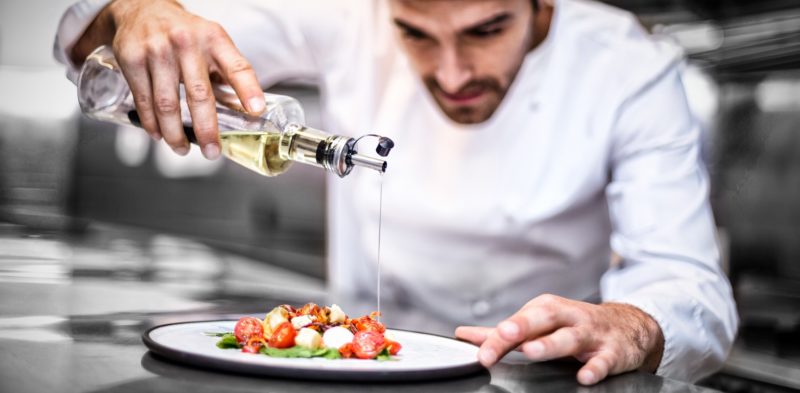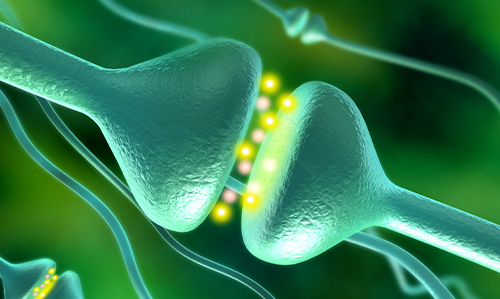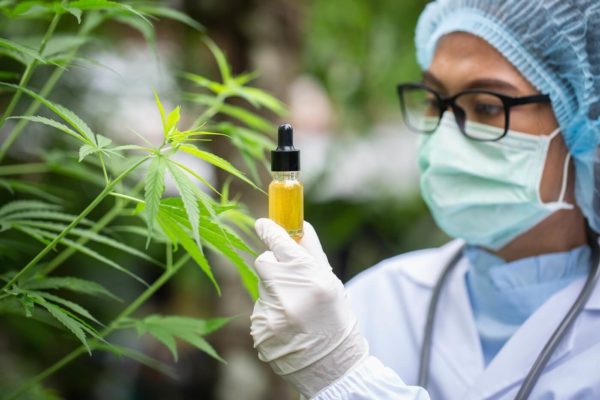Love edibles but don’t like the “high” that comes with them? Have you struggled to get your potency levels right? Interested in getting all the benefits of CBD and cooking your own treats?
Cooking with CBD oil could be for you!
CBD is more than a trend
CBD use is certainly picking up in popularity and it makes sense – the cannabinoid is therapeutic medicine. Otherwise known by its longer name cannabidiol, CBD has anti-inflammatory, anti-anemic, anticonvulsive, antipsychotic, antidepressant and antioxidant properties. The list of conditions it can help keeps growing and includes epilepsy, diabetic neuropathy, depression, anxiety and chronic pain.
Many people are choosing CBD over pharmaceuticals for treatments knowing that hemp-derived CBD has less than 0.3 percent THC, which means it is federally legal. It’s also non-addictive. Whether you choose a tincture, edible, use a topical or vape, CBD can have lasting health benefits.
Cooking with CBD
Here at the Wellness Connection, we get many questions about cooking with cannabis. We have several recipes on our website and our YouTube channel you can check out. For this blog post, we’ve gathered tips from some of the best sources around to help you on your CBD cooking journey!
Project CBD
Want to cook with CBD? Basically, it’s the same process as cooking with cannabis. You’ll want to start with the decarboxylation process, which is a chemical reaction that releases carbon dioxide. The process is important because it converts the acid form of cannabinoids THCA into THC and CBDA into CBD. Project CBD says, first you have to extract CBD from a CBD-rich strain and infuse it into olive oil, coconut oil, butter or ghee (clarified butter). Combine the CBD leafy trim with the oil and butter and expose to low heat over a long period of time. This will, according to Project CBD, help to avoid breakdown and/or vaporization of CBD and other cannabinoids. Check out our YouTube video on making cannabis butter and just substitute cannabis with your CBD-rich strain.
Epicurious
For a fun look at one chef’s experience cooking with CBD oil, check out this Epicurious article. Joe Sevier shares some good tips that are important to know – such as don’t place CBD oil over direct heat, it can lose the terpenes and impact the taste. He experiments with making foods over a seven day period and tackles salad dressing, smoothies, and soup. He found that sauces and garnishes were the way to go when cooking with CBD oil. His recommendation? “I ultimately found that the more refined oil (i.e. the decarboxylated and filtered oil) was best for all cooking applications. Because while the other two oils could blend into some recipes easily—especially herb-heavy ones—they often left a lingering aftertaste I found unpleasant.”
Real Simple
Real Simple tapped Eric Hara, the executive chef and co-founder of CBD brand La Vida Verde, based in Santa Cruz, California. When cooking, Hara says, combine it with a fat – either butter or another oil-based ingredient. He also recommends watching the heat. Consider drizzling some of your CBD oil on your pizza or avocado toast! Another tip? Don’t be afraid of going savory. You might see a lot of cannabis sweets out there but CBD oil works great in salad dressing or pasta sauces, he says.
Mic
Henry Lu, executive chef of Loosie’s Kitchen in Brooklyn, and Gabe Kennedy, cofounder of cannabis wellness brand Plant People and the Season 3 winner of ABC’s primetime cooking competition, The Taste, gave Mic some advice on how to cook with CBD oil. Their takeaways? Investigate how it was sourced.
Also consider this question – Is the CBD you are buying full spectrum, broad spectrum or an isolate?
- Full spectrum includes less than 0.3 percent THC and all of the plant’s compounds, including other cannabinoids and terpenes.
- Broad spectrum doesn’t contain THC and has lower levels of the other cannabinoids.
- Isolates are almost pure CBD.
Treat CBD oil as any other ingredient in your kitchen, says Kennedy. Know where it comes from and the impact it will have on your food. Lu says let the oil’s natural flavor shine. He describes the taste as “very earthy, aggressive olive oil.” So while, you may want to add a dash of lemon or some salt with the CBD oil, you can let it be and allow its taste to come through.
Huff Post
When it comes to easy baking, the Huff Post recommends to choose a full-spectrum CBD tincture with a coconut base and drop it into your recipe of choice. Your dose will depend on your recipe’s serving size. For example, if you are making a dozen cookies, you’ll want to multiply the recommended dosage by 12. Of course, you can also use CBD-infused butter as we described above, but that is time intensive. According to Andrew LeStourgeon, owner of Monarch and the Milkweed in Burlington, Vermont, embracing the taste and pairing it wisely is the way to go. Chocolate or minty flavors go well with the weed taste but he recommends using a CBD isolate if you want to bypass the strong flavor all together.
Bong Appetit
In this clip of Viceland’s Bong Appetit, pastry chefs whip up some special treats using CBD and THC. These sweets include kief stirred into pistachio cream, CBD and THC-infused brown sugar cinnamon cake and infused butterscotch. Watch this video and see what they are up to!
Start low and go slow
Whether you decide to go sweet or savory or cook, bake or drizzle, remember, start with a low dose and move up as you discover your potency preference. Take it from Epicurious’ Dr. Titus: “Adjust the amount of CBD oil you take, starting at around 5 to 10 mg per serving, 2 to 3 servings per day until you find a dose that works for you.”
Consuming edibles take longer to reach your system but the effect can last up to four or eight hours. And remember, everybody is different – we all have unique taste buds so what tastes delicious for one person, may be repulsive to another! Be open to trying new recipes and have fun experimenting!





